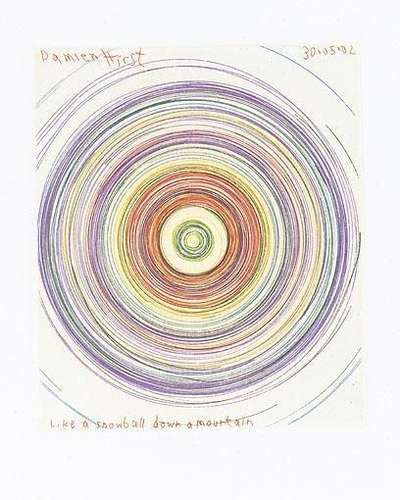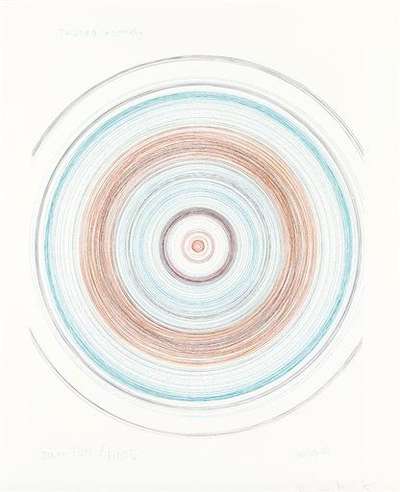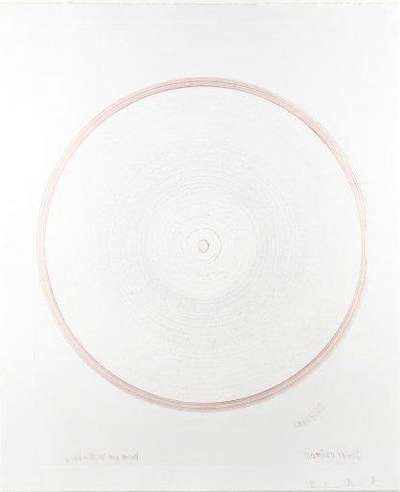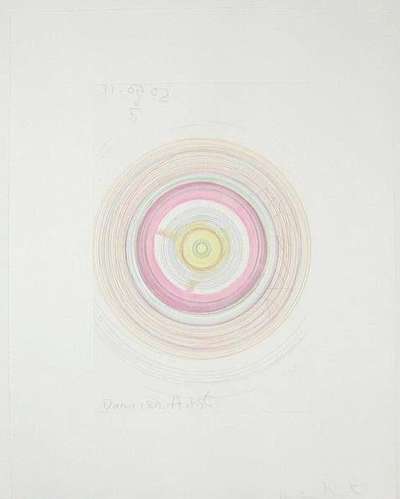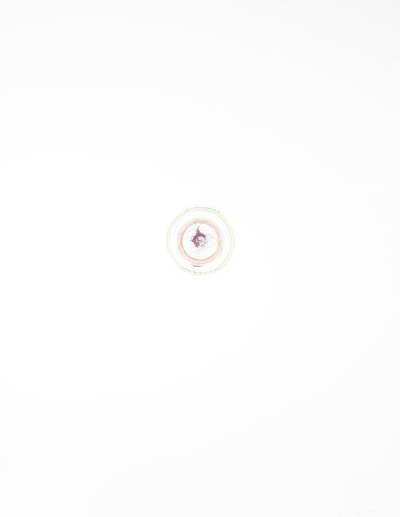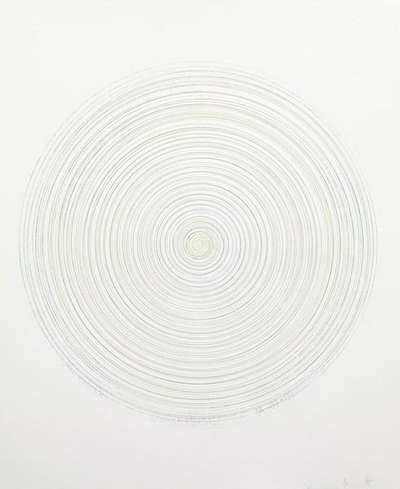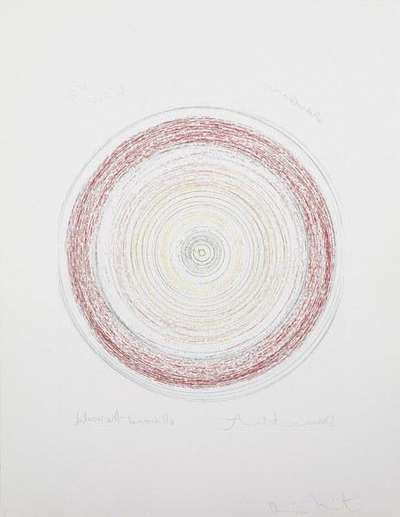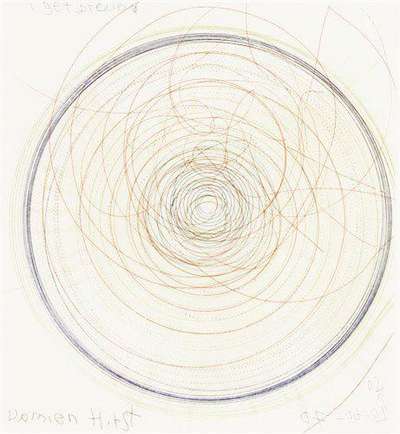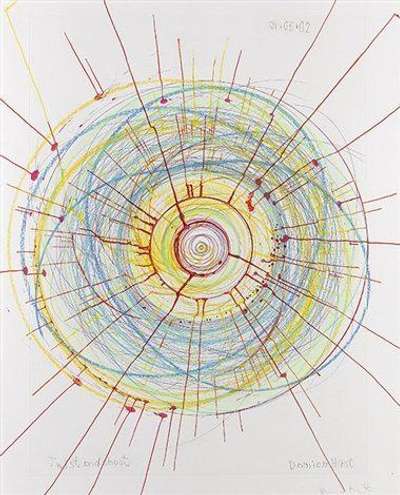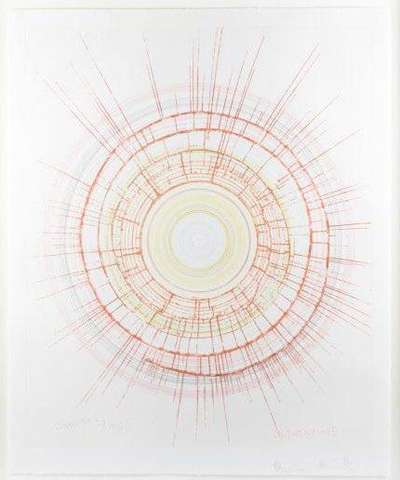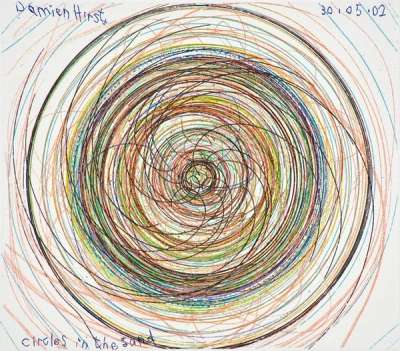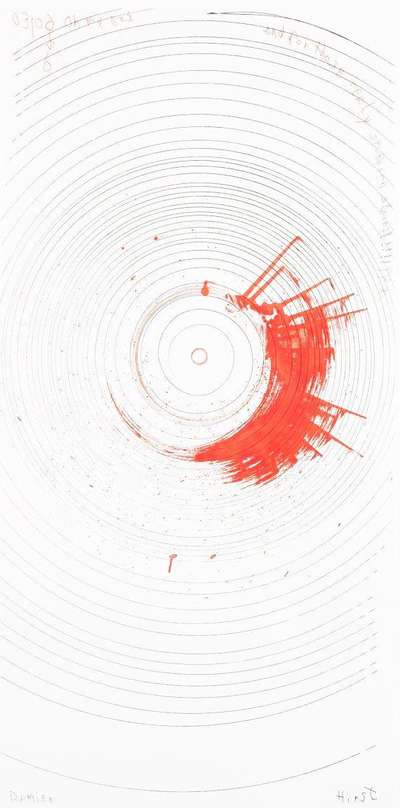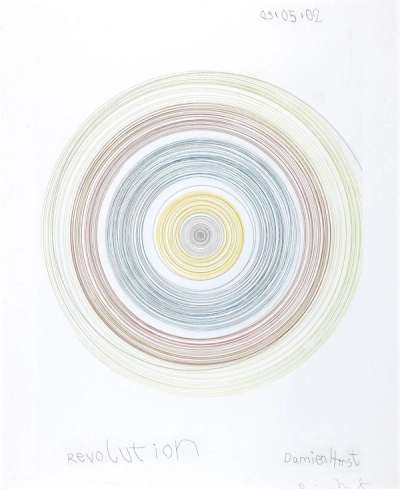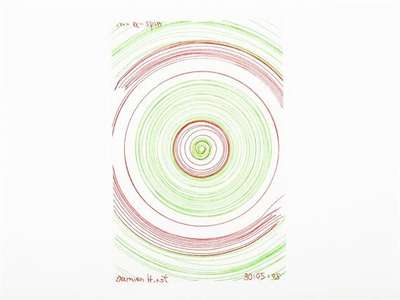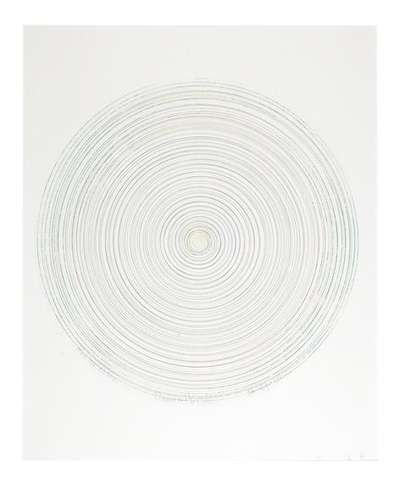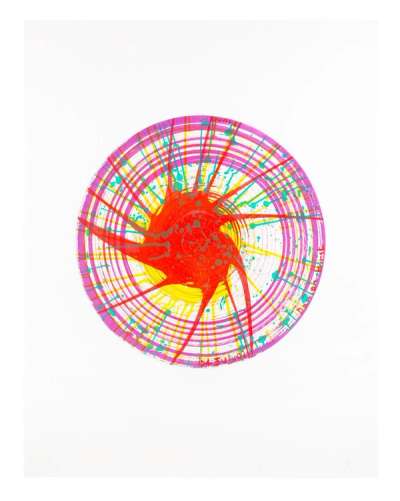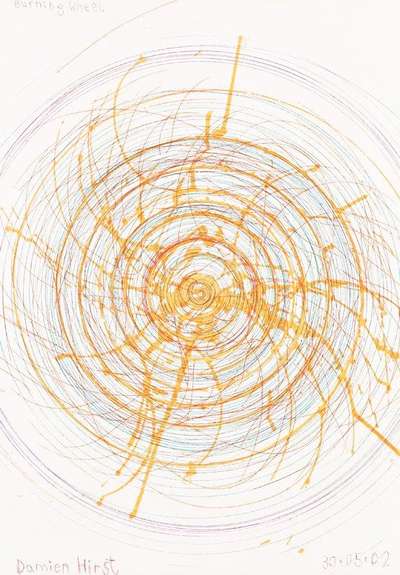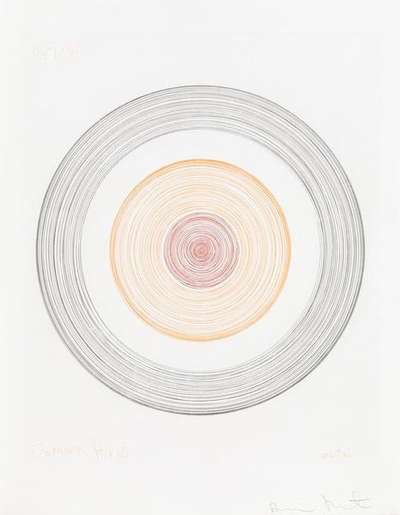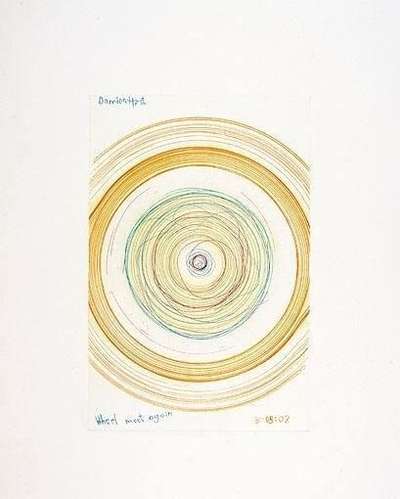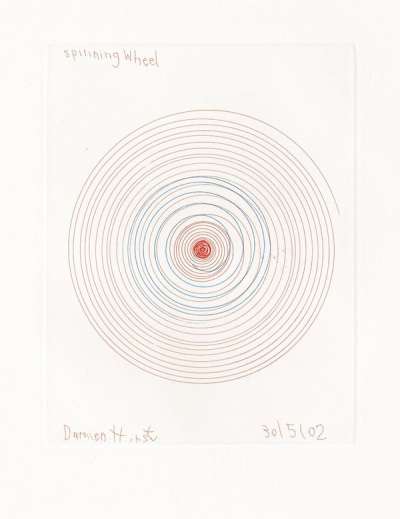
I Saw The Half Of The Moon

I Saw The Half Of The Moon
Signed Print
Damien Hirst
£1,300-£1,950Value Indicator
$2,600-$3,900 Value Indicator
$2,350-$3,550 Value Indicator
¥12,000-¥18,000 Value Indicator
€1,550-€2,350 Value Indicator
$13,000-$19,000 Value Indicator
¥250,000-¥370,000 Value Indicator
$1,650-$2,450 Value Indicator
AAGR (5 years) This estimate blends recent public auction records with our own private sale data and network demand.
There aren't enough data points on this work for a comprehensive result. Please speak to a specialist by making an enquiry.
Medium: Etching
Edition size: 68
Year: 2002
Size: H 91cm x W 70cm
Signed: Yes
Format: Signed Print
TradingFloor
Track this artwork in realtime
Watch artwork, manage valuations, track your portfolio and return against your collection
Track auction value trend
Auction Results
| Auction Date | Auction House | Location | Hammer Price | Return to Seller | Buyer Paid |
|---|---|---|---|---|---|
| June 2022 | Wright | United States | |||
| May 2020 | Forum Auctions London | United Kingdom | |||
| November 2018 | Artcurial | France | |||
| October 2008 | Ketterer Kunst Hamburg | Germany |
Meaning & Analysis
I Saw The Half Of The Moon is one of 23 etchings that make up Damien Hirst’s first volume of the In A Spin, The Action Of The World On Things portfolio from 2002. Based on Hirst’s famous series of works, the spin paintings, this etching depicts a variation on this theme. As with every print in this volume, I Saw The Half Of The Moon is formed of concentric circles created with thin coloured lines.
To create In A Spin, The Action Of The World On Things, Hirst attached copper plates to a spin machine in his studio, drawing on them with sharp tools as the machine rotated. The use of the rotating machine is reminiscent of the optical experiments of the Dada artist Marcel Duchamp from the 1920s and ’30s. While Duchamp used motorised spinning devices to create optical illusions, Hirst instead uses a spin machine towards aesthetic and expressionistic ends.
Hirst’s aim to create these spin works for aesthetic purposes was made clear in his 1994 installation exhibition, Making Beautiful Drawings. During this exhibition, visitors could create their own spin drawings on a pedal-powered turntable machine, highlighting Hirst’s interest in interrogating originality and repetition throughout his artistic oeuvre.
Damien Hirst, born in Bristol in 1965, is often hailed the enfant terrible of the contemporary art world. His provocative works challenge conventions and his conceptual brilliance spans installations, paintings, and sculptures, often exploring themes of mortality and the human experience. As a leading figure of the Young British Artists (YBA) movement in the late '80s, Hirst's work has dominated the British art scene for decades and has become renowned for being laced with controversy, thus shaping the dialogue of modern art.
